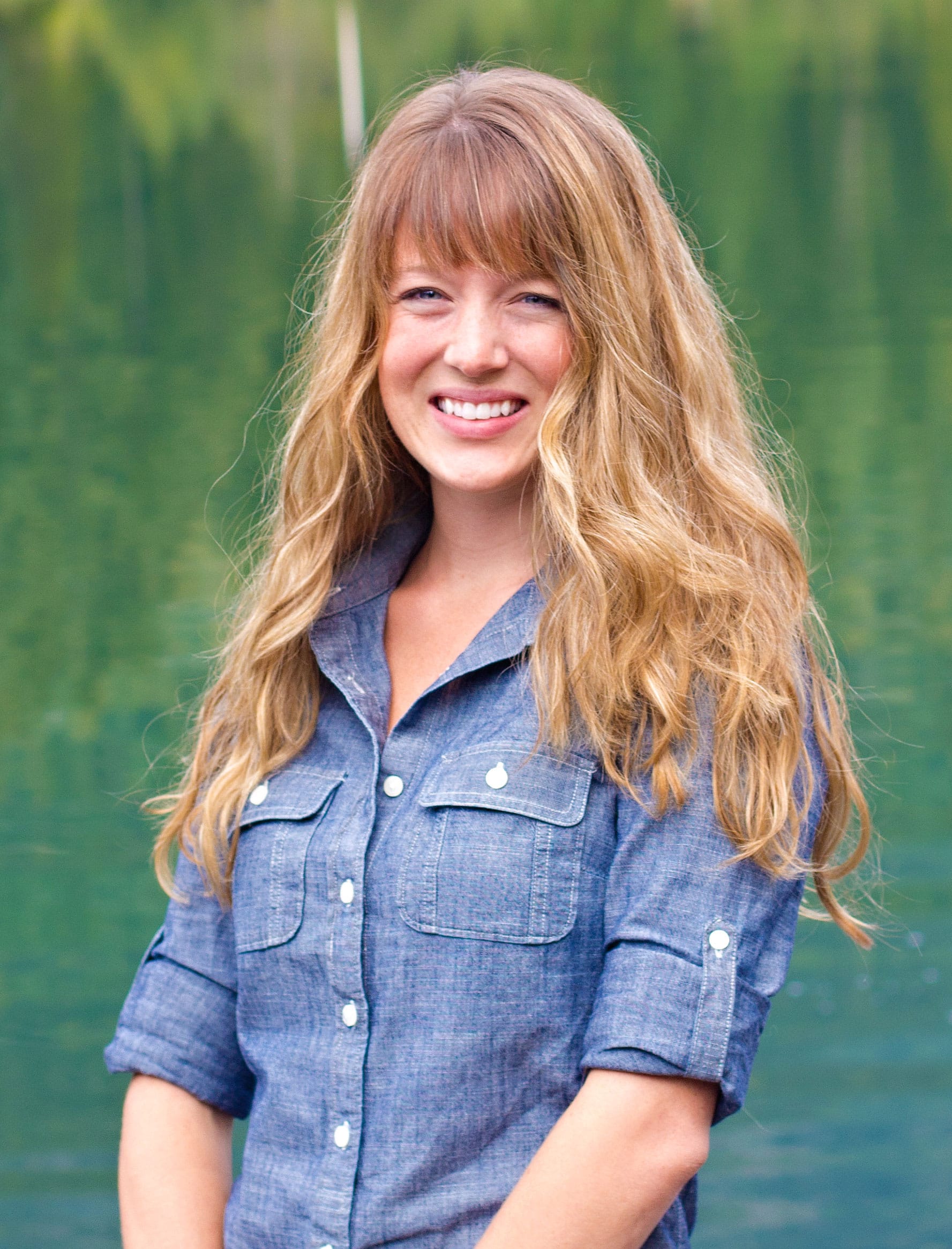Letter from the Editor
 A few weeks ago I visited the on-campus Western Gallery with editor-in-chief Brenda Miller, as well as several other MFA students and Bellingham Review editors, in order to view the Dianne Kornberg exhibit, Madonna Comix and Other Collaborations.
A few weeks ago I visited the on-campus Western Gallery with editor-in-chief Brenda Miller, as well as several other MFA students and Bellingham Review editors, in order to view the Dianne Kornberg exhibit, Madonna Comix and Other Collaborations.
Kornberg, a Pacific Northwest photographer whose background is in painting, began collaborating with poets five years ago to produce large-scale, digital prints. These collages comprise layers of poetic text, scanned negatives, and digital photographs that enlarge the generic boundaries of photography.
As I made my way around the gallery space, contemplating the collaborative process and the juxtaposition of text and images, I turned a corner to encounter Bindle. Tacked to a white wall, the print offers a biological specimen at rest on a large, textured sheet of archival paper, whose smudges and wrinkles suggest age. Cradled in the crease of a folded paper bindle, a preserved hummingbird lies on its back. Handwritten in descending lines on the flat planes of paper: “Light in hand / as air / pulse / still.”
The result of a collaboration with poet Elisabeth Frost, the print’s effect on me was visceral. I stood admiring the elegance of its composition and its clarity of vision, grieving the unflinching reality of the bird’s bill and the ruffles of its wingtips.
After we surveyed the exhibition, we took out our notebooks and began to write. I returned to Bindle, which transported me to the science supply warehouse where I worked one summer during college. I was called a picker, and it was my job to push a metal cart through aisles of inventory, gathering items from print-outs of customer purchase orders. When I completed an order, my cart went next to a packer, who prepared the items for shipment. We sent cartons of beakers, safety goggles, chemicals, periodic tables, scalpels, preserved specimens and other supplies to science educators across the country.
As I received new orders, I looked ahead to the preserved materials section, to see what I would be handling. In that way, I prepared myself to count out plastic packages of bullfrogs, inchworms, gray perch, fetal pigs, and various organs. I held these lifeless bodies in my hands, heavy and smelling of pungent preservatives. I transferred the specimens from shelf to cart as efficiently as possible, but I could not stand before them in wonder.
Wonder—I felt it as I looked at Kornberg’s photograph. Bindle opened up the possibility for me to pause and take time with a preserved specimen, to marvel at the still hummingbird’s beauty, to feel the palpable absence of its electric pulse, to hold its lightness in my hands, as light as air.
The Bellingham Review promises its readers literature of palpable quality. With the publication of Issue 69, we launch a new website that offers a bright, clean space for looking—white walls for displaying text and images, as beautiful and versatile as an art gallery. You can’t take hold of the latest issue, feel the weight of it in your hands, appreciate the turning of its pages, or mark a favorite line, but as you browse, I know you’ll find works that make you pause, that move you somehow, perhaps even to take out a notebook and begin writing something of your own story.
I hope our newly designed site invites you to wonder, to return, to take time with the issue’s texts and images (especially the paintings by local artist Ron Pattern). Enjoy our new features, including buttons for sharing posts on social media and a series of contributor spotlights, which we’ve launched on our blog.
Each issue we publish is a collaboration with our contributors, and with you, dear reader. We’re eager to share poems, stories, essays and paintings that pulse with life—a collection of subtle, palpable, exquisite writing.
Kaitlyn Teer